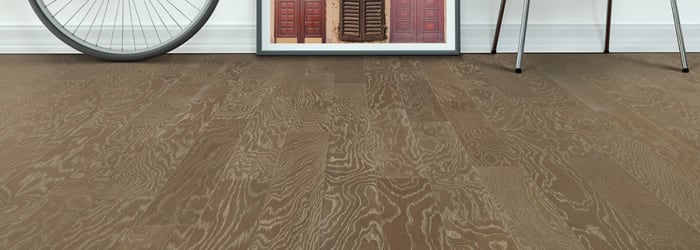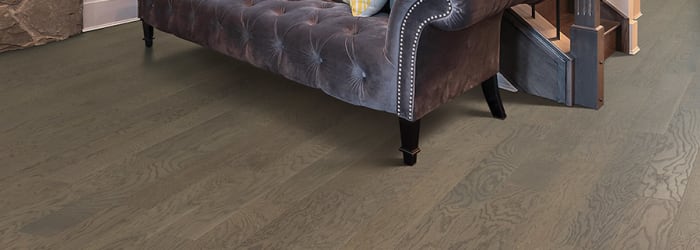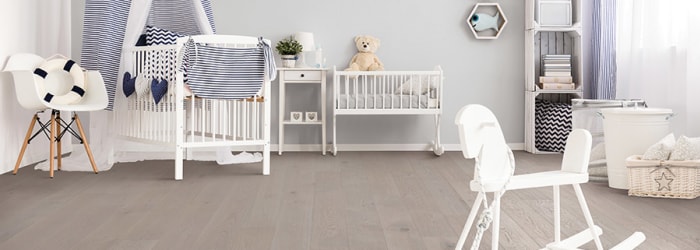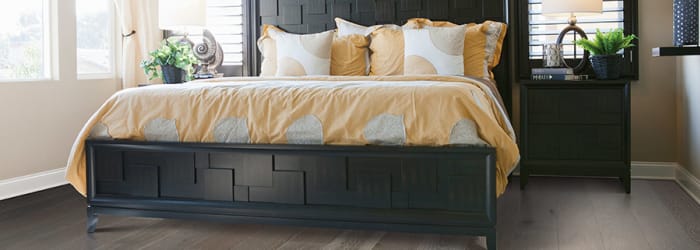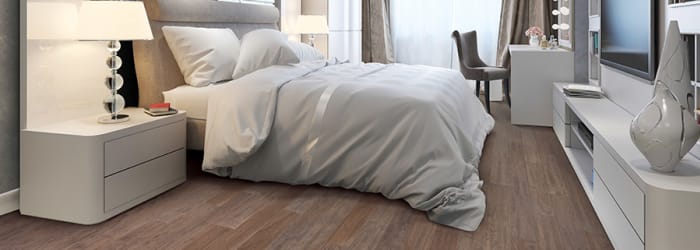
How much does it cost to replace floors with hardwood?
You’ve researched hardwood flooring and understand the benefits, from being the longest-lasting floor type to increasing your home value. Now you’re wondering how much it will cost to replace floors with hardwood. There are three main components...

